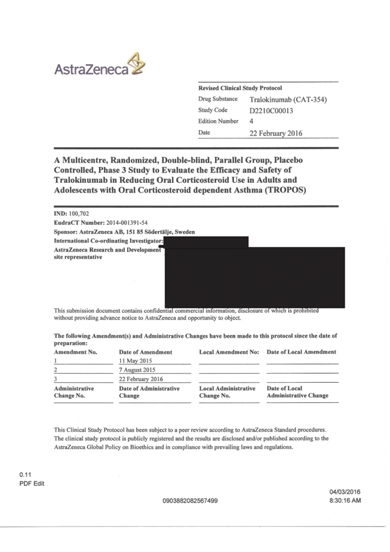
Natural language processing (NLP) is now disrupting the pharmaceutical industry as pharma companies are using NLP to aid decision making at all stages of drug development and go-to-market, from NLP for data redaction and anonymisation of sensitive data, NLP for pharma literature mining, NLP for drug discovery, NLP for drug named entity recognition, and NLP and AI for strategic clinical trial design.
We have been using NLP to analyse clinical trial protocols in the pharmaceutical industry. We developed a pharmaceutical NLP model to help the German pharma company Boehringer Ingelheim process clinical trial protocols.
Pharma companies write a 200-page protocol at the planning stage of a clinical trial, and our model is able to ‘read’ the document and output a number of complexity metrics.
Clinical Trials NLP in Pharma solution
When a pharmaceutical company develops a drug, it needs to pass through several phases of clinical trials before it can be approved by regulators. The amount of unstructured text generated in this process opens the gateway to pharma NLP modelling.
Before the trial is run, the drug developer writes a document called a protocol. This contains key information about how long the trial will run for, what is the risk to participants, what kind of treatment is being investigated, etc.
The problem is that each protocol is up to 200 pages long and the structure can vary. That’s where machine learning and NLP for clinical trials become helpful.

For the German pharma company Boehringer Ingelheim, we developed and trained a deep machine learning tool using natural language processing (NLP) to predict more than 50 output variables from a clinical trial protocol. This allows pharma companies and regulators to analyse and quantify large numbers of clinical trial protocols, allowing more accurate cost estimation. Machine learning offers a scalable and effective way to organize clinical trials.
The natural language parsing technique can be extended to other industries where large unstructured or semi-structured documents are the norm.
If you have a project where AI or NLP could help you analyse clinical trials (NLP in pharma), please get in contact and we will be glad to discuss.
NLP and AI have great potential to revolutionise many aspects of the pharmaceutical industry, from pre-clinical stages such as in silico drug discovery through to clinical trials and aftermarket monitoring of key opinion leaders (KOLs).
At Fast Data Science we are at the forefront of AI in pharma and NLP in pharma, and have worked on projects in the pre-clinical, clinical and KOL stages of the drug development lifecycle. You can read more about how researchers are using AI in the pharmaceutical industry.
We have primarily focused on machine learning in clinical trials, namely NLP projects in the pharmaceutical industry but have also worked on more general data science projects such as complexity and risk estimation.
Swipe through the examples below to learn more about AI and natural language processing in pharma and clinical trials.
What we can do for you